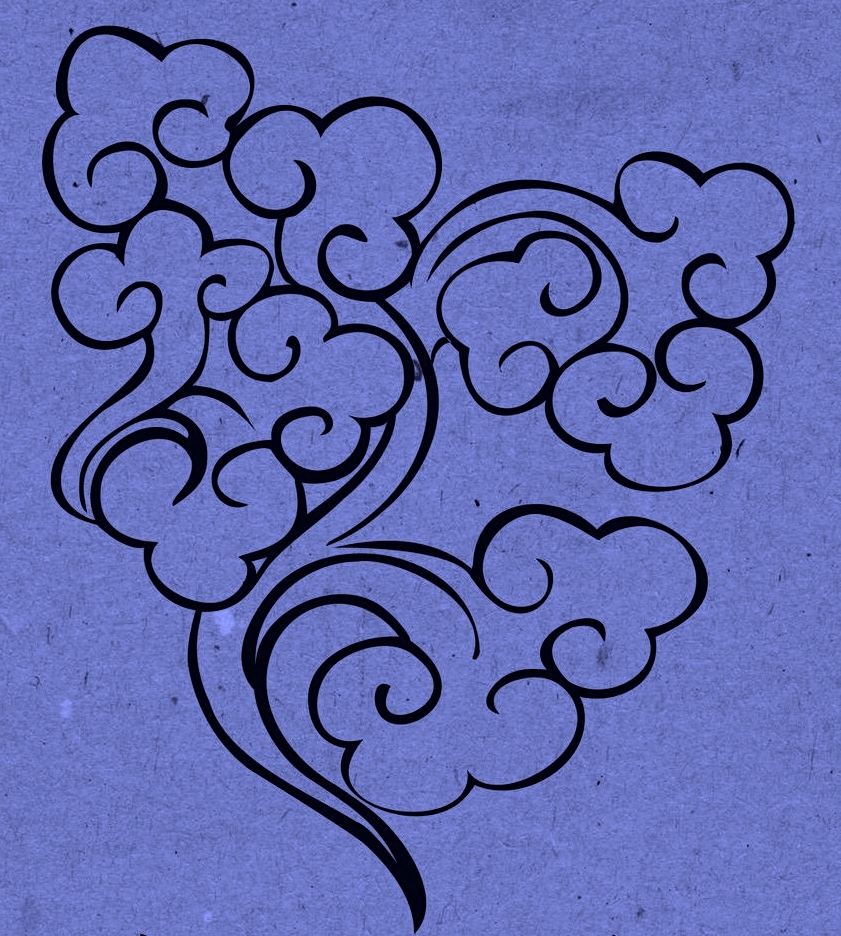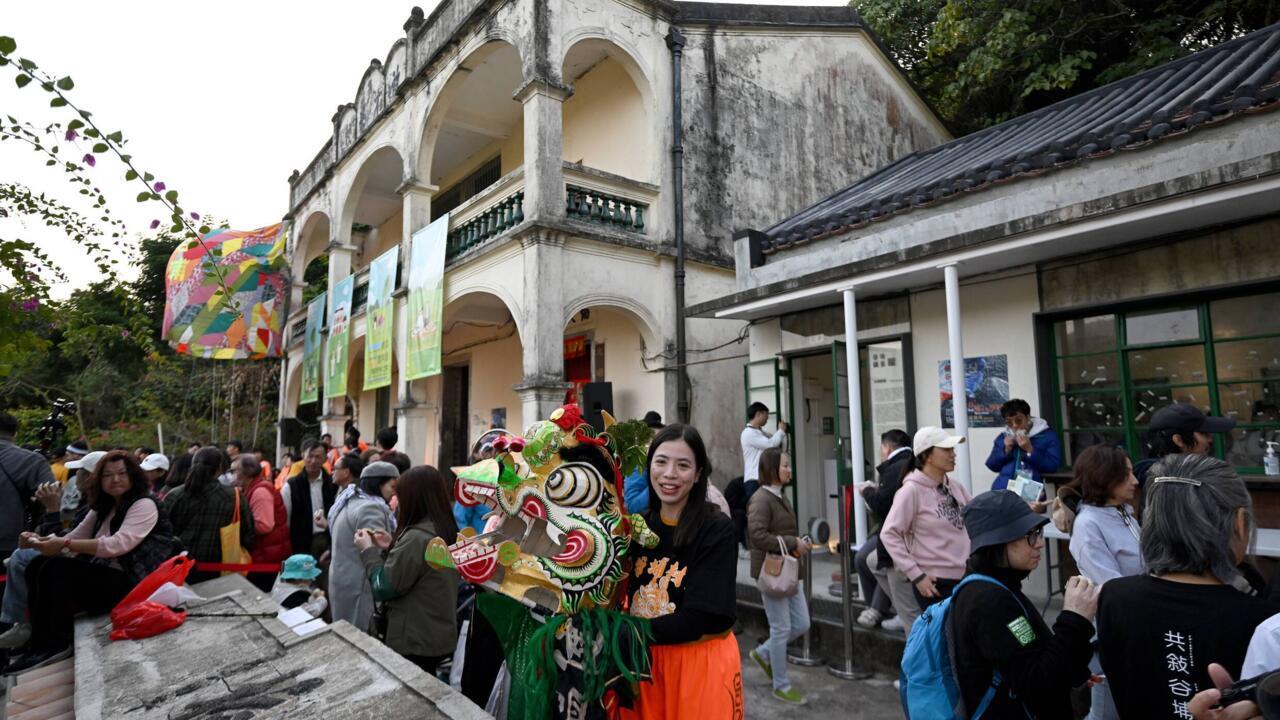Tourists in Hong Kong are flocking to the 300-year-old village of Kuk Po, whose decaying mansions and reed fields offer a respite from the city’s famously frenetic pace.
The seaside village was once home to Hakka people from southern China but was mostly abandoned in recent decades, even as gleaming high-rises sprang up in nearby Shenzhen across the Chinese border. But Hong Kong’s government is encouraging visitors to go off the beaten path and has loosened entry restrictions to the city’s northernmost neighbourhood of Sha Tau Kok – making it easier to visit Kuk Po via speedboat.
Lilian Lee, whose family has deep roots in Kuk Po, said her parents returned there during the Covid pandemic to enjoy the charms of village life – a choice that may resonate with stressed-out city-dwellers.
“The world outside is very stressful and chaotic… but here you can relax and be at ease,” the 30-year-old told AFP.
“This is a beautiful environment that should be treasured (and) our family came together to share this place with more people.”
The Hakka – whose name means “guest people” – are known for their long history of migration and transformed Kuk Po into a market town, though its numbers dwindled after Hong Kong urbanised in the 1960s.
The Hong Kong government hopes eco-tours can promote nature conservation while generating cash for the city. Kuk Po was among the rural townships listed in a tourism policy blueprint last month.
But despite the uptick in interest, Lee said it was difficult to financially sustain revitalisation efforts that include tours, tasting events and workshops, and that she hoped the city would invest more in sustainable tourism.
“I hope the village will not turn into a tourist attraction solely for sightseeing, but rather to follow an educational approach,” she said.
“Many villages and their histories in Hong Kong are gradually disappearing… I hope these things can be passed on.”


